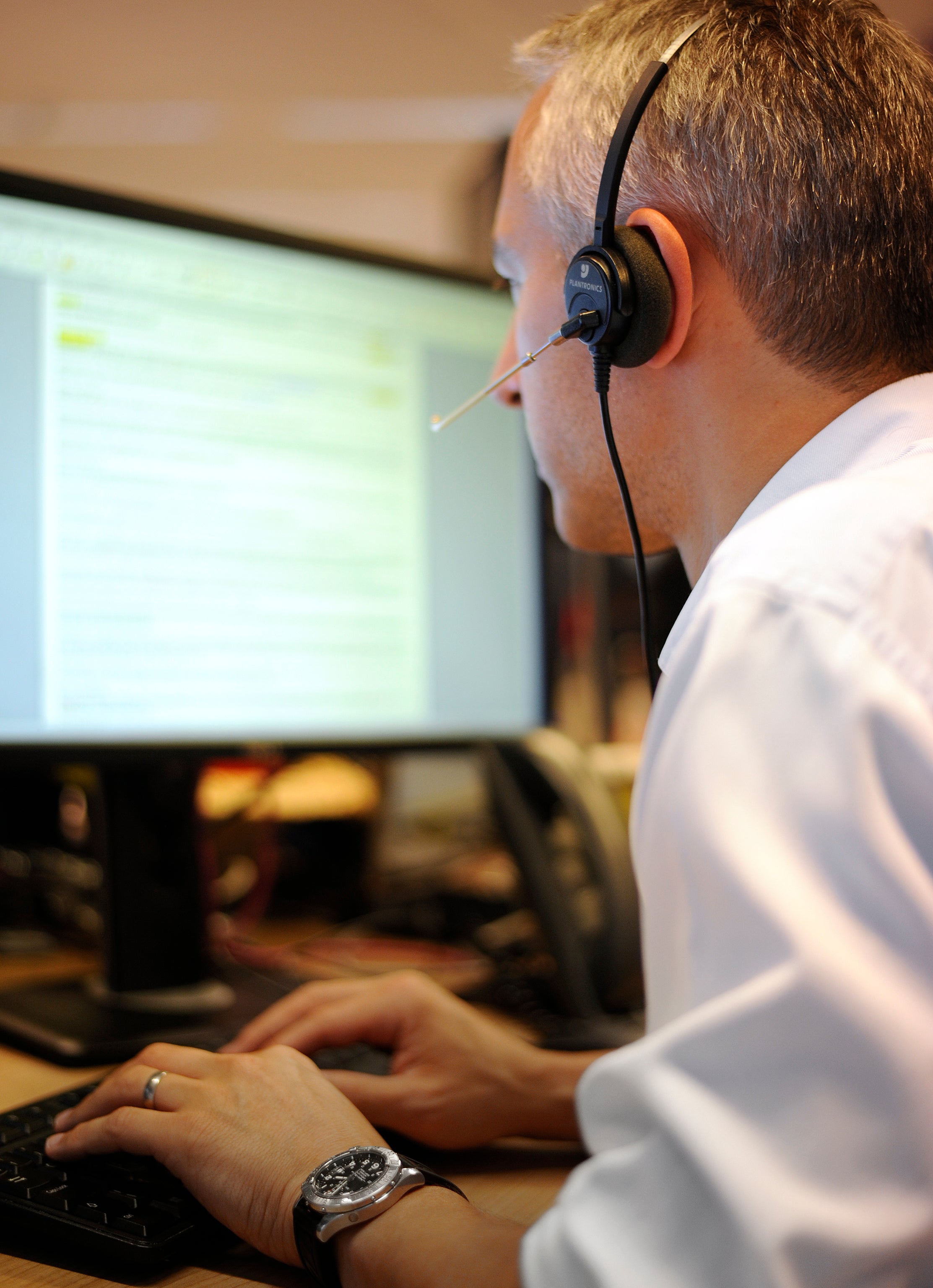Yoga at work recommended to improve employee mental health
Global health leaders have set out steps to improve employee mental health.

Your support helps us to tell the story
From reproductive rights to climate change to Big Tech, The Independent is on the ground when the story is developing. Whether it's investigating the financials of Elon Musk's pro-Trump PAC or producing our latest documentary, 'The A Word', which shines a light on the American women fighting for reproductive rights, we know how important it is to parse out the facts from the messaging.
At such a critical moment in US history, we need reporters on the ground. Your donation allows us to keep sending journalists to speak to both sides of the story.
The Independent is trusted by Americans across the entire political spectrum. And unlike many other quality news outlets, we choose not to lock Americans out of our reporting and analysis with paywalls. We believe quality journalism should be available to everyone, paid for by those who can afford it.
Your support makes all the difference.Yoga at work and stress management courses for workers could help reduce mental illness in the workplace, global health leaders have said.
The World Health Organisation (WHO) also said that all managers should undergo mental health training to enable them to help their employees.
The WHO, along with the International Labour Organisation, has set out new policy documents on what can be done to help improve mental health in the workplace.
It’s time to focus on the detrimental effect work can have on our mental health. The wellbeing of the individual is reason enough to act, but poor mental health can also have a debilitating impact on a person’s performance and productivity.
The global health body’s recommendations include:
– Training mangers to support their workers’ mental health by preventing stressful work environments and responding to workers in distress.
– Improving employee awareness of mental health issues.
– Interventions “that aim to build workers’ skills in stress management” – which could include mindfulness training.
– Opportunities in the workplace for “leisure-based physical activity” which could include resistance training, strength training, walking or yoga. If these can’t be conducted in a work setting them companies should “facilitate external opportunities” for workers to take part.
– Organisations should examine employee workloads. The authors of the document wrote: “High workload increases the risk of symptoms of mental health conditions.”
– For workers in “emotional distress, psychosocial interventions such as those based on mindfulness or cognitive behavioural approaches, or problem solving training, may be considered in order to reduce these symptoms and improve work effectiveness”.
The document also highlights risks to employee mental health, including bullying and psychological violence – also known as “mobbing”.
The WHO said that around one in seven (15%) adults of working age has a mental health disorder.
Estimates suggest that 12 billion “working days” are lost evert year around the world due to depression and anxiety among workers.
And the cost to the economy is staggering – an estimated £1 trillion is lost every year from the global economy due to depression and anxiety, largely from lost productivity.
“It’s time to focus on the detrimental effect work can have on our mental health,” said Dr Tedros Adhanom Ghebreyesus, the WHO’s director general.
“The wellbeing of the individual is reason enough to act, but poor mental health can also have a debilitating impact on a person’s performance and productivity.
“These new guidelines can help prevent negative work situations and cultures and offer much-needed mental health protection and support for working people.”
Guy Ryder, director general of the ILO, added: “As people spend a large proportion of their lives in work – a safe and healthy working environment is critical.
“We need to invest to build a culture of prevention around mental health at work, reshape the work environment to stop stigma and social exclusion, and ensure employees with mental health conditions feel protected and supported.”